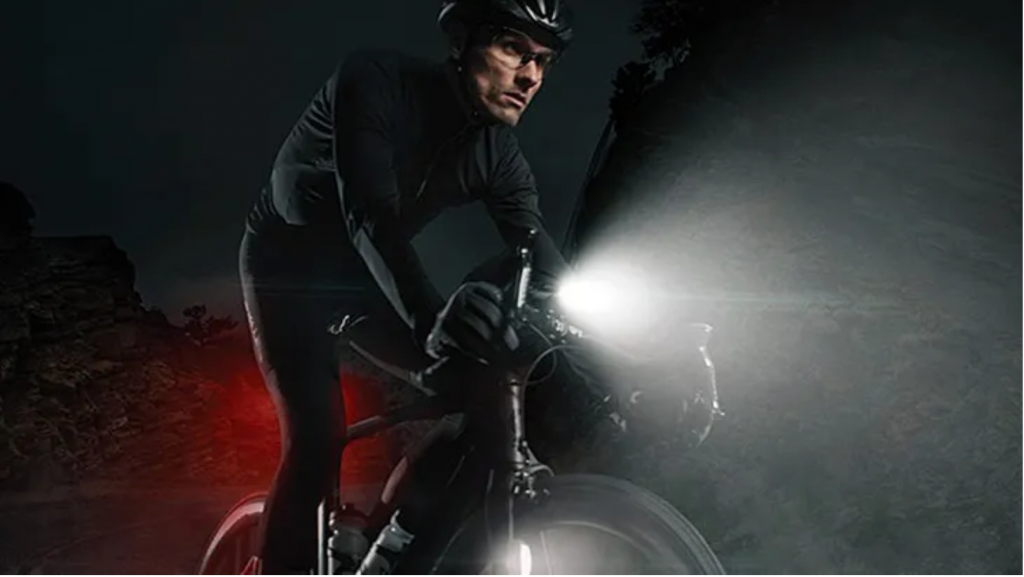
by Bob Mionske, 2015
Another summer has come and gone, and another fall has arrived. With season barely over, roadies are still summer-fit and still getting long rides in after work. But although the weather is warm, days are getting shorter, and the nights are getting longer. This combination of long rides and shorter days means there’s a real possibility of getting caught in the dark at the end of your after-work ride.
While it may be obvious to seasoned roadies, lights are now a necessity on rides. The main function of lights is to help drivers see you. From that perspective, lights are an extremely important safety device for helping to prevent serious bodily injury, or worse. If you want to increase the odds of drivers seeing you, they are a good idea at any time of day.
But lights do more than protect your body from injury; they also protect you legally. If a cyclist is riding without lights, and there is a collision, the cyclist will get the blame. If this happens, it may be very, very difficult for the injured cyclist to get the driver’s insurance company to pay for the cyclist’s injuries, even if the driver was clearly negligent and caused the collision. To make matters worse, if the cyclist is determined to be at fault, it’s very common for law enforcement to show up in the hospital room to ticket the injured cyclist, and it’s becoming increasingly common for insurance companies to present the injured cyclist with a bill for damages to the driver’s car. You may even incur liability for causing other vehicles to collide as they attempted to avoid you.
But if the cyclist was riding with lights and there was a collision anyway, the cyclist has some legal protection — nobody can say that the cyclist caused the collision by not having lights. Of course, there may be other legal issues (either real or imaginary) involved in a collision, but riding with lights is one of the easiest things you can do to shield yourself legally. And if the driver was at fault, taking the precaution of riding with lights means you can keep the insurance company focused on compensating you for your injuries, instead of allowing them to shift the blame to you.
The exact requirements for lighting will vary by state, but all require lights, and there are some general rules that are common across all states. Generally, states require a white front light; rear lights are not required, but are allowed. But if you do ride with a rear light, it’s required to be red. Some rear lights even have a red reflector incorporated into the light. Although a rear light is not required by law, it is required by common sense for safety.
Your state’s law allows you to have more lights than the law requires, but not less, and your lights can be brighter than what the law requires, but they cannot be less-bright than what the law requires. You might even want to consider keeping an extra, small blinking light on board for emergencies, low-light situations, and if you’re accidentally caught out late.
We usually think of lights as being required at night, but they are actually required at any time when visibility is so reduced that it is difficult to clearly discern a person or vehicle at a distance of 1,000 feet. This “period of darkness” includes night and twilight, but it also includes any other time of reduced visibility — when there’s fog, for example, or during a heavy rain, or during a blizzard. If you are out riding in conditions where visibility is reduced, a good rule of thumb to follow is this: If you were driving in these conditions, would you have your lights on? If so, you should have them on during your ride as well.
This is another great article for anyone who wants to know their legal rights and what they can do to protect themselves while sharing the road. Cyclists often do not get adequate representation and it can be hard to get law enforcement to act when an altercation occurs. As such, cyclists must do anything they can to protect themselves.




